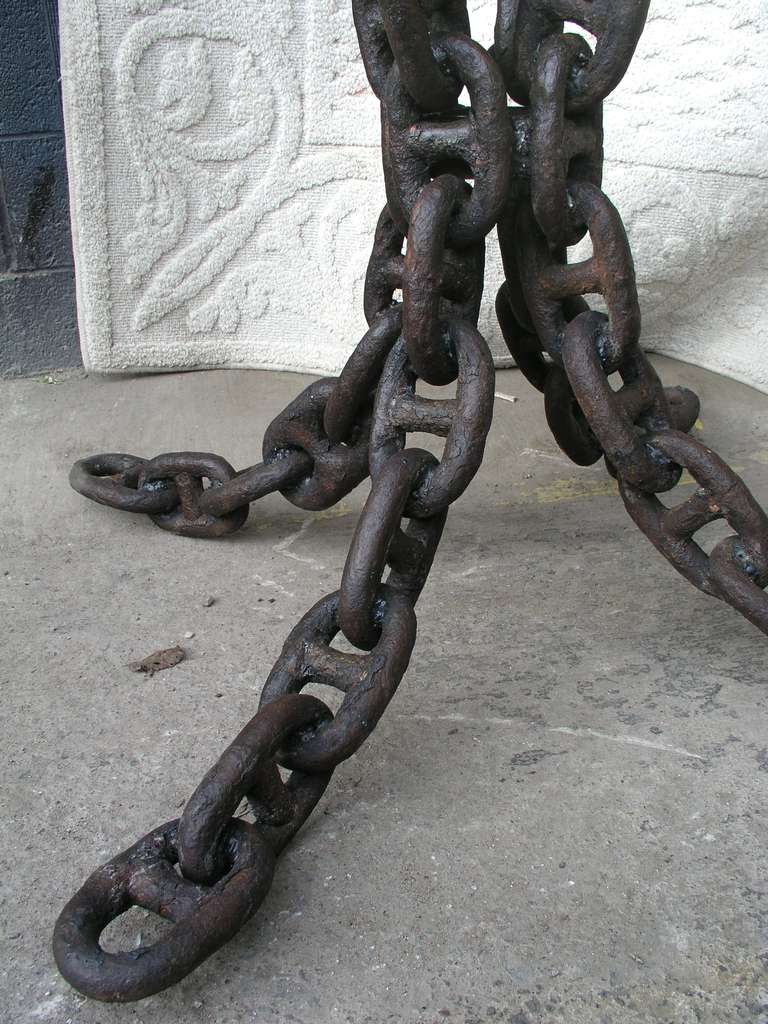


Recently announced projects include for example SALCOS (Germany), Liberty Steel DRI plant (France), Iberdrola – H2 Green Steel (Iberian Peninsula), or Green Steel - H2V CAP (Chile). After the Hybrit (Sweden) project successfully piloted the first fossil-free steel delivery to a customer in August 2021, many new projects and related funding have been announced tripling the global number of projects and leading roughly to a five-fold increase of expected hydrogen capacity.

Technological progress supported by high fossil fuel prices supported momentum for near zero steel production and particularly direct reduction of hydrogen (H2 DRI). Since the emissions reduction potential of energy efficiency improvements and fuel shifting using conventional process technology is limited, innovation in the current decade will be crucial to commercialise new near zero-emission steel production processes – including those that integrate carbon capture, utilisation and storage (CCUS) and hydrogen – to achieve deeper cuts in emissions. In contrast to the minor annual improvements in the last decade, the CO 2 intensity in the Net Zero Scenario falls by around 3% annually on average between 20. The direct CO 2 intensity of crude steel production has decreased slightly in the past few years, but efforts need to be accelerated to get on track with the pathway in the Net Zero Emissions by 2050 Scenario.


 0 kommentar(er)
0 kommentar(er)
